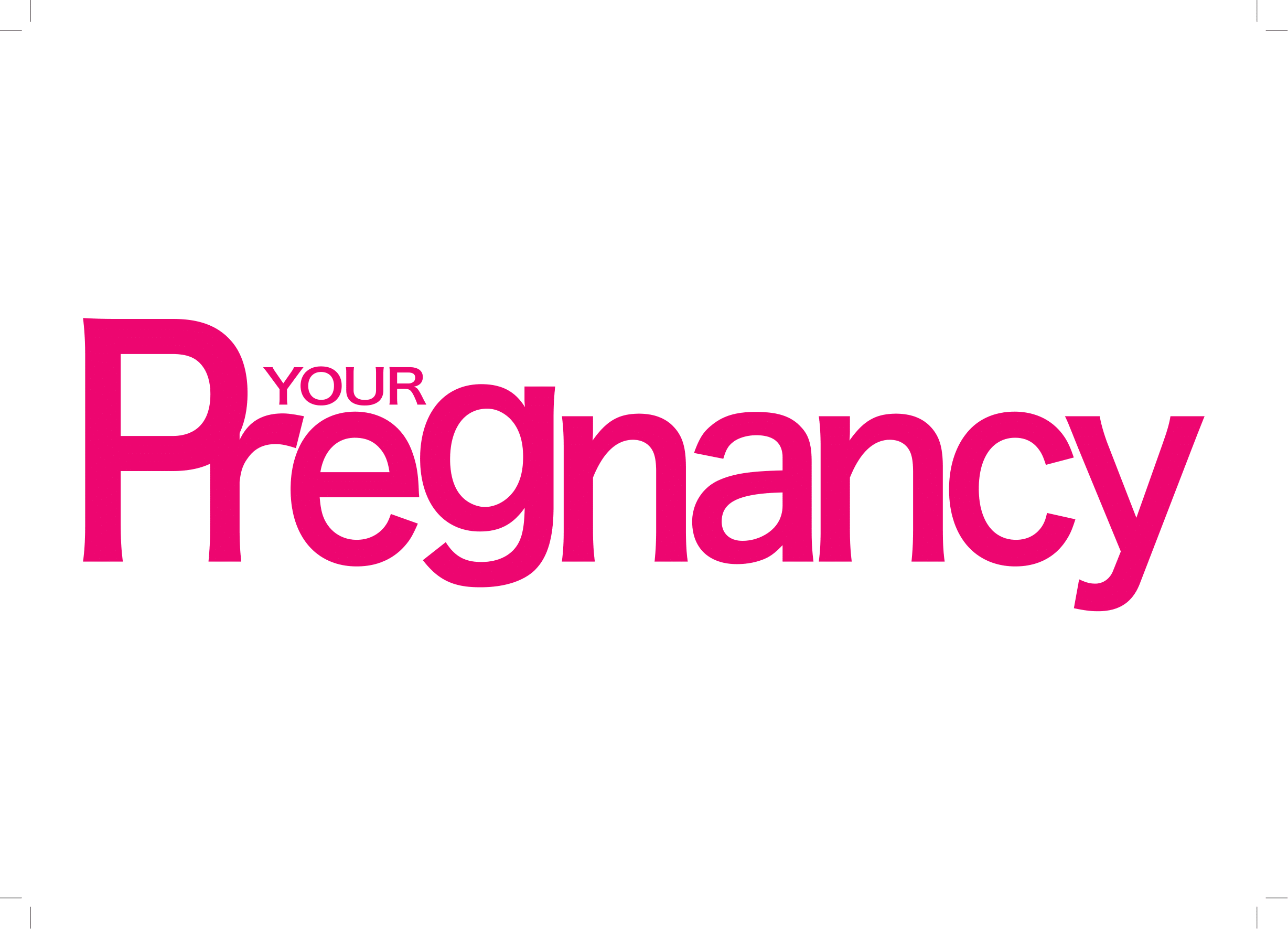
In the past, placenta calcification was only identified after the birth when the placenta (also called the afterbirth) was physically examined by the doctor or midwife. Small white calcium deposits like little hard stones were seen and felt. This was not thought to be a problem. It was said that the placenta was simply ageing – a normal phenomenon when baby is due or late. Other signs of an overdue baby are long finger nails, little vernix (Nature’s barrier cream to protect baby’s skin in the amniotic fluid) and dry, peeling skin.
With modern technology and advanced 3D sonar graphics, placenta calcification can be identified before the birth. If calcification is suspected when baby is due, this is not a problem, but calcification in early pregnancy could mean that the placenta is ageing before its time, and the baby could be compromised. For most women with placenta calcification, careful monitoring of the baby’s growth is all that is needed. If calcification is associated with other medical problems such as hypertension (high blood pressure), diabetes or kidney problems, medical intervention may be necessary. Luckily these are rare.
Where does the calcium come from and what can I do to prevent this?
Calcium is an important part of the diet and is sourced mainly from milk and cheese but also from eggs, fruit and vegetables. Its absorption from the intestines is dependent on vitamin D that comes from ultraviolet sunlight and also fish liver oils, egg yolk and fortified milk. Calcium is needed by the body for bone and tooth maintenance, blood clotting, nerve and muscle function and a normal heartbeat.
As a pregnant woman, you need extra calcium – 1200mg daily – for your needs and for bone development of your unborn baby. If you have too little calcium, your bones will supply these needs for the baby and put you at risk for osteoporosis (brittle bones) in later life.
Taking too much calcium does not seem to affect the baby, but for you as the mother, it could cause painful kidney stones.
There seems to be some concern about antacids for heartburn during pregnancy that contain high doses of calcium. Most chewable antacids are made from calcium carbonate and give fast relief. Sucking the occasional antacid may be harmless, but if you suffer with severe heartburn and you are taking too many antacids, you could also be taking in too much calcium.
Preventing placenta calcification
- If your pregnancy is 37 weeks or more, there is no need to worry.
- Make sure you are taking the right amount of daily calcium. Check your antenatal multivitamins and calcium supplementation with your pharmacist.
- Remember that calcium also comes from your diet – so don’t overdose with supplements.
- Before taking antacids for heartburn, speak to your pharmacist or healthcare provider.
- You are more at risk of calcification if your blood pressure is too high or you area diabetic.
How does placenta calcification affect my unborn baby?
Placenta calcification from 37 weeks is considered normal and is not a reason to induce labour or to have a c-section. Women with this condition may simply need to see their doctor more often to check their baby’s growth. Placenta calcification before 37 weeks becomes more dangerous for the baby. The younger the baby when calcification happens, the more severe the condition.
Risks of placental calcification
An ageing placenta does not work as well as it should, and this could mean not getting enough oxygen and nutrients to the baby. Deposits of calcium in the placenta could cause parts of the placenta to die or be replaced with fibrous tissue –which is unhelpful tissue in the placenta.
Calcium deposits could also increasethe risk of blood clots in the placenta.They could harden blood vessels in the placenta and slow down the blood flow to the baby. Fortunately, complications due to placenta calcification are practically zero, and in most cases, it’s not dangerous for the baby.
Diagnosing placenta calcification
A pelvic sonograph of the placenta is the only way to diagnose this condition. Calcification is sometimes picked up during a routine scan. If the woman is close to her delivery date, this means that labour is very likely to begin over the next few weeks. If the baby is younger than 37 weeks, it may be slightly riskier, but rarely is it dangerous for the baby.




 Publications
Publications
 Partners
Partners














